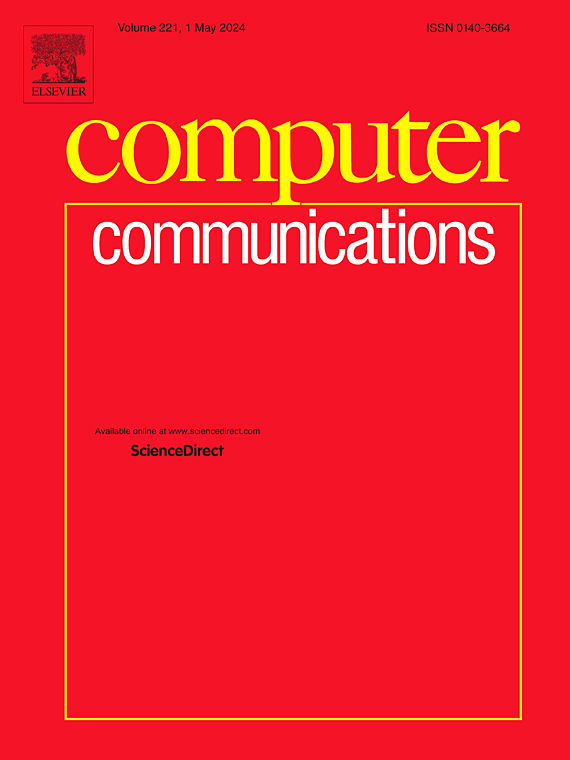基于集成学习的云端集成人工智能
IF 4.3
3区 计算机科学
Q1 COMPUTER SCIENCE, INFORMATION SYSTEMS
引用次数: 0
摘要
深度神经网络(dnn)在人工智能(AI)应用领域得到了广泛的应用。它们固有的复杂性主要推动了DNN模型在云环境中的部署。但是,云和最终用户之间的地理距离无法满足时间敏感型应用的低延迟需求。边缘计算已经成为解决这一问题的可行方法,然而,边缘服务器上有限资源的固有约束在支持复杂模型方面提出了挑战。依赖于网络压缩或模型分割的解决方案往往无法同时满足性能和可靠性需求。对于少数基于集成的解决方案,没有充分挖掘基本模型之间的多样性,也没有充分利用边缘计算的低延迟优势。在本文中,我们提出了一种基于集成学习的云-边缘-端集成方法来构建高效可靠的深度神经网络推理平台。在该设计中,根据边缘服务器的资源约束,在云上训练异构模型,并在每个边缘服务器上独立执行推理过程,在最终用户端将其输出组合以获得最终结果。在此基础上,提出了基于多样性的部署方案,构建以用户为中心的边缘人工智能网络。探讨了基础模型的生成,并通过两个案例验证了该方法的有效性。本文章由计算机程序翻译,如有差异,请以英文原文为准。
Cloud-edge-end integrated Artificial intelligence based on ensemble learning
Deep neural networks (DNNs) have been extensively used in the domains of artificial intelligence (AI) applications. Their inherent complexity primarily drives the deployment of DNN models in cloud environments. However, the geographical distance between the cloud and the end-users fails to meet the low-latency requirements of time-sensitive applications. Edge computing has emerged as a viable way to address this issue, nevertheless, the inherent constraints of limited resources on edge servers pose challenges in supporting intricate models. Solutions relying on network compression or model segmentation often fall short in meeting both performance and reliability needs. For the few ensemble-based solutions, the diversity between base models is not fully explored, and the low-latency advantage of edge computing is not fully utilized. In this paper, we propose a cloud–edge-end integrated approach for building an efficient and reliable DNN inference platform based on ensemble learning. In this design, heterogeneous models are trained on the cloud according to the resource constraints of edge servers, and the inference process is performed independently on each edge server, whose outputs are combined at the end-user side to get the final result. Furthermore, a diversity-based deployment scheme is proposed to build a user-centric network for edge AI. The generation of base models is explored, and the effectiveness of the proposed approach is demonstrated through two case studies.
求助全文
通过发布文献求助,成功后即可免费获取论文全文。
去求助
来源期刊

Computer Communications
工程技术-电信学
CiteScore
14.10
自引率
5.00%
发文量
397
审稿时长
66 days
期刊介绍:
Computer and Communications networks are key infrastructures of the information society with high socio-economic value as they contribute to the correct operations of many critical services (from healthcare to finance and transportation). Internet is the core of today''s computer-communication infrastructures. This has transformed the Internet, from a robust network for data transfer between computers, to a global, content-rich, communication and information system where contents are increasingly generated by the users, and distributed according to human social relations. Next-generation network technologies, architectures and protocols are therefore required to overcome the limitations of the legacy Internet and add new capabilities and services. The future Internet should be ubiquitous, secure, resilient, and closer to human communication paradigms.
Computer Communications is a peer-reviewed international journal that publishes high-quality scientific articles (both theory and practice) and survey papers covering all aspects of future computer communication networks (on all layers, except the physical layer), with a special attention to the evolution of the Internet architecture, protocols, services, and applications.
 求助内容:
求助内容: 应助结果提醒方式:
应助结果提醒方式:


